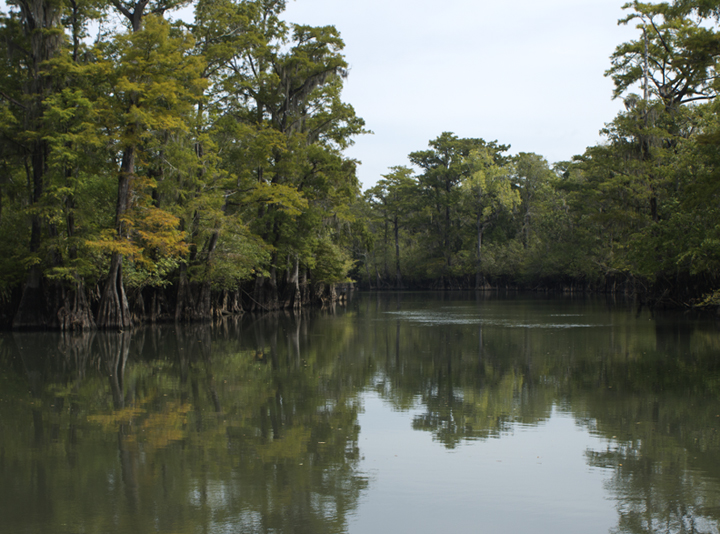
A snippet of cooler temperatures have arrived in northwest Florida. The perfect time of the year to head out and explore all things outdoors!
The September equinox arrives on September 23, 2015 at 3:21 a.m. CDT. Although the equinox happens at the same moment worldwide, your clock times will depend on your time zone. For U.S. time zones, this equinox comes at 4:21 a.m. EDT, 3:21 a.m. CDT, 2:21 a.m. MDT or 1:21 a.m. PDT. In the Northern Hemisphere, the sun is rising later now, and nightfall comes sooner. This is our autumn equinox, when the days are getting shorter in the Northern Hemisphere. At this equinox, day and night are approximately equal in length. For us in the Northern Hemisphere, people are enjoying the cooler days of autumn even as preparations for winter are underway. South of the equator, spring begins.
The earliest humans spent more time outside than we do. They used the sky as both a clock and a calendar. They could easily see that the sun’s path across the sky, the length of daylight, and the location of the sunrise and sunset all shift in a regular way throughout the year.
Our ancestors built the first observatories to track the sun’s progress. One example is at Machu Picchu in Peru, where the Intihuatana stone, shown above, has been shown to be a precise indicator of the date of the two equinoxes and other significant celestial periods. The word Intihuatana, by the way, literally means for tying the sun.
Today, we know each equinox and solstice is an astronomical event, caused by Earth’s tilt on its axis and ceaseless orbit around the sun.
Because Earth doesn’t orbit upright, but is instead tilted on its axis by 23-and-a-half degrees, Earth’s Northern and Southern Hemispheres trade places throughout the year in receiving the sun’s light and warmth most directly.
We have an equinox twice a year – spring and fall – when the tilt of the Earth’s axis and Earth’s orbit around the sun combine in such a way that the axis is inclined neither away from nor toward the sun. Earth’s two hemispheres are receiving the sun’s rays about equally around equinox-time. Night and day are approximately equal in length.
The name equinox comes from the Latin aequus (equal) and nox (night).
Of course, Earth never stops moving around the sun. So these days of approximately equal sunlight and night will change quickly.
Information courtesy earthsky.org
